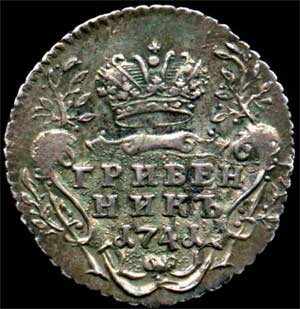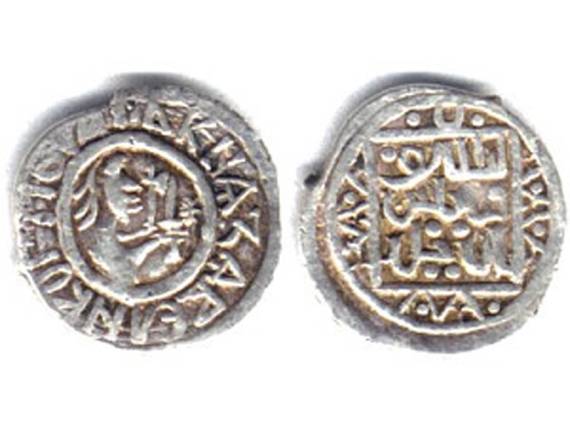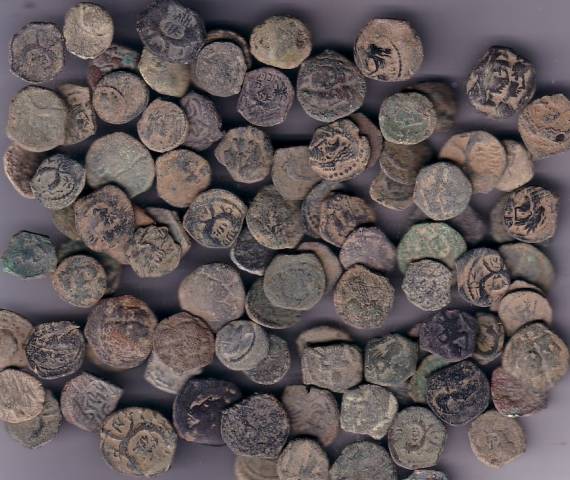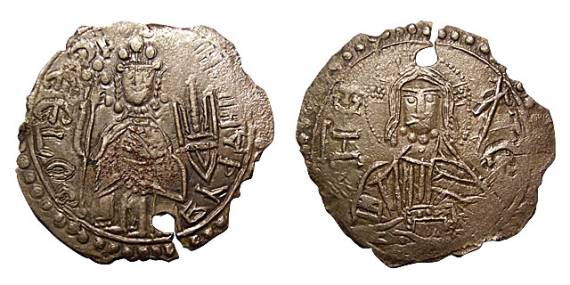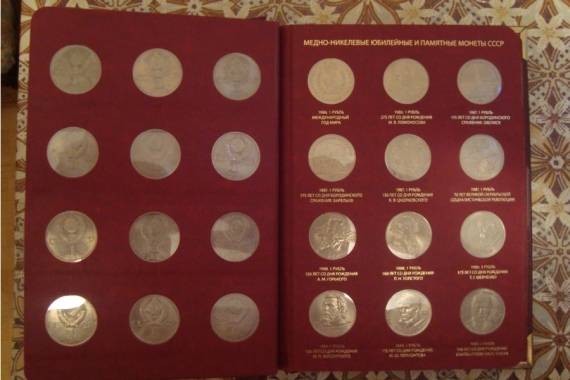The history of coinage of antique coins
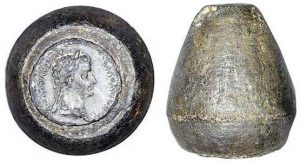 After the minting of the first coins was mastered, it is necessary to somehow simplify this rather complicated procedure. And the solution was soon found and put into practice. Approximately around the first century before the beginning of our era, the method of minting coins had the following form: a round billet, usually obtained by casting, was inserted between two sections of a stamp, with the lower part of the stamping device being stationary, and the upper part could be closed and opened. After the blank was nested, the upper part was closed, and it was hit with a hammer, as a result, the image from the stamp was transferred to the blank, and the coin acquired its true purpose, and from that time it was considered a real and valuable money sign.
After the minting of the first coins was mastered, it is necessary to somehow simplify this rather complicated procedure. And the solution was soon found and put into practice. Approximately around the first century before the beginning of our era, the method of minting coins had the following form: a round billet, usually obtained by casting, was inserted between two sections of a stamp, with the lower part of the stamping device being stationary, and the upper part could be closed and opened. After the blank was nested, the upper part was closed, and it was hit with a hammer, as a result, the image from the stamp was transferred to the blank, and the coin acquired its true purpose, and from that time it was considered a real and valuable money sign.
One of the most important and necessary stages in the production of coins is their accuracy in the weight category. Usually, the minting of coins was done using the al-marko method, that is, this means that the mark was taken as the standard – an antique measure of weight. When using this method of making coins, it was absolutely guaranteed that a certain amount of coins would be made from a certain amount of metal.
Quite often, coins were minted with miniature stamps, while coins were given a second life, for example, if the ruler of a country or a state changed, it was enough just to replace it with a portrait, a portrait of an old ruler, which saved not only metal, but also the time of issue of coins.
As for the manufacture of stamps, it was quite time-consuming process, which included several stages. At the first stage, a suitable solid material was sought, which was usually stone. Then, at the same stage, the stone was given a more or less stamp-like form, meaning just the appearance, that is, 2 parts of the future stamp were created, one was mobile and the other was fixed. At the next stage of stamp production, it was necessary to engrave the specularly displayed type of the coin, that is, various inscriptions and images that were to be placed on the coin. The third stage was that control embossing was carried out, which gave a more complete presentation of the coin type. If there were any inaccuracies, they were eliminated and a new quality check was carried out. The next and final stage in the production of stamps is their final completion, that is, smoother transitions, the smallest details, and so on. After a certain coin was minted in sufficient quantity, the stamp was destroyed. First of all, this was done so that various swindlers and counterfeiters did not take advantage of them, which, by the way and at the moment, existed quite a lot. If it later turned out that the coins were still issued much less than was necessary, then the experienced chaser could not have cost anything to recreate the stamp on the available impressions and lines on the coins.
